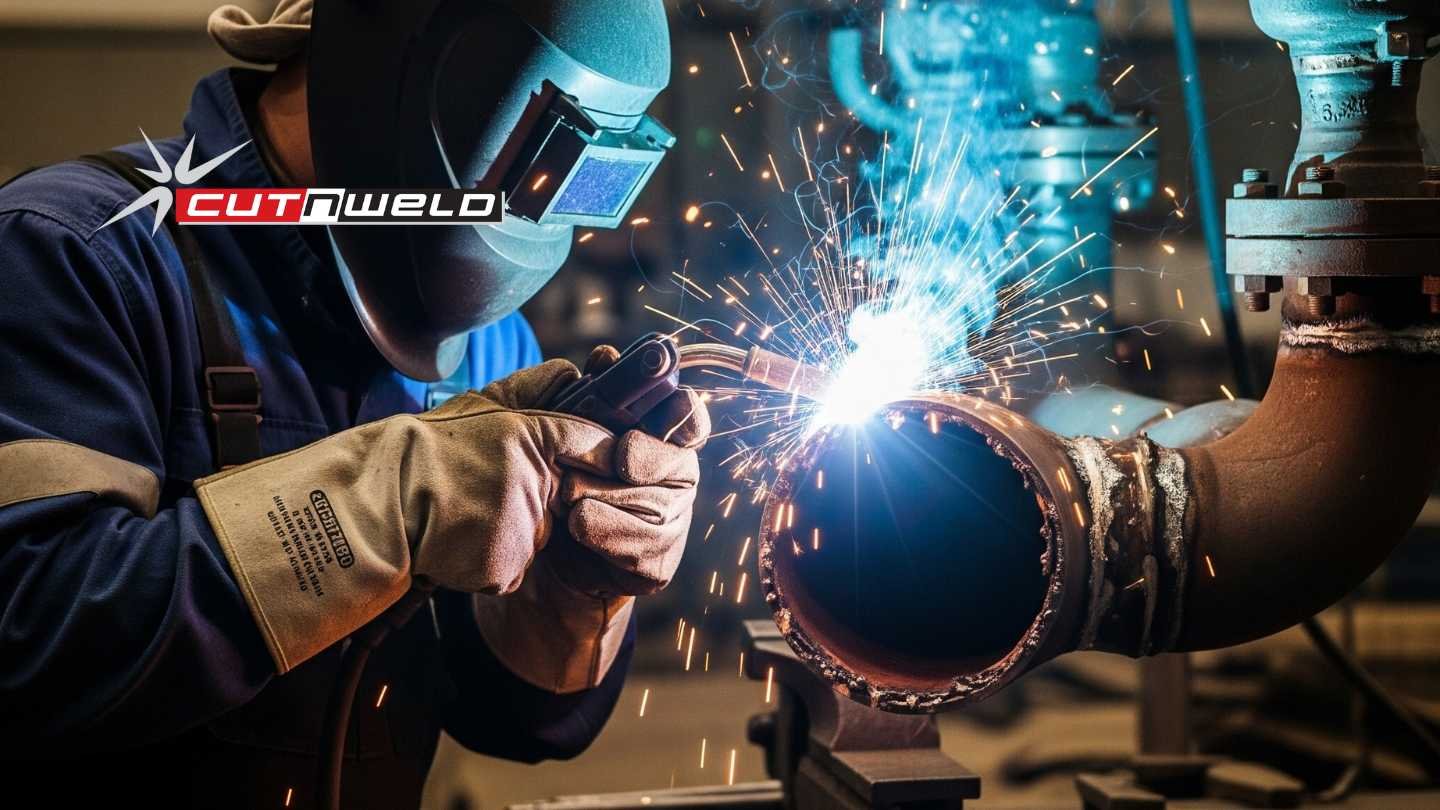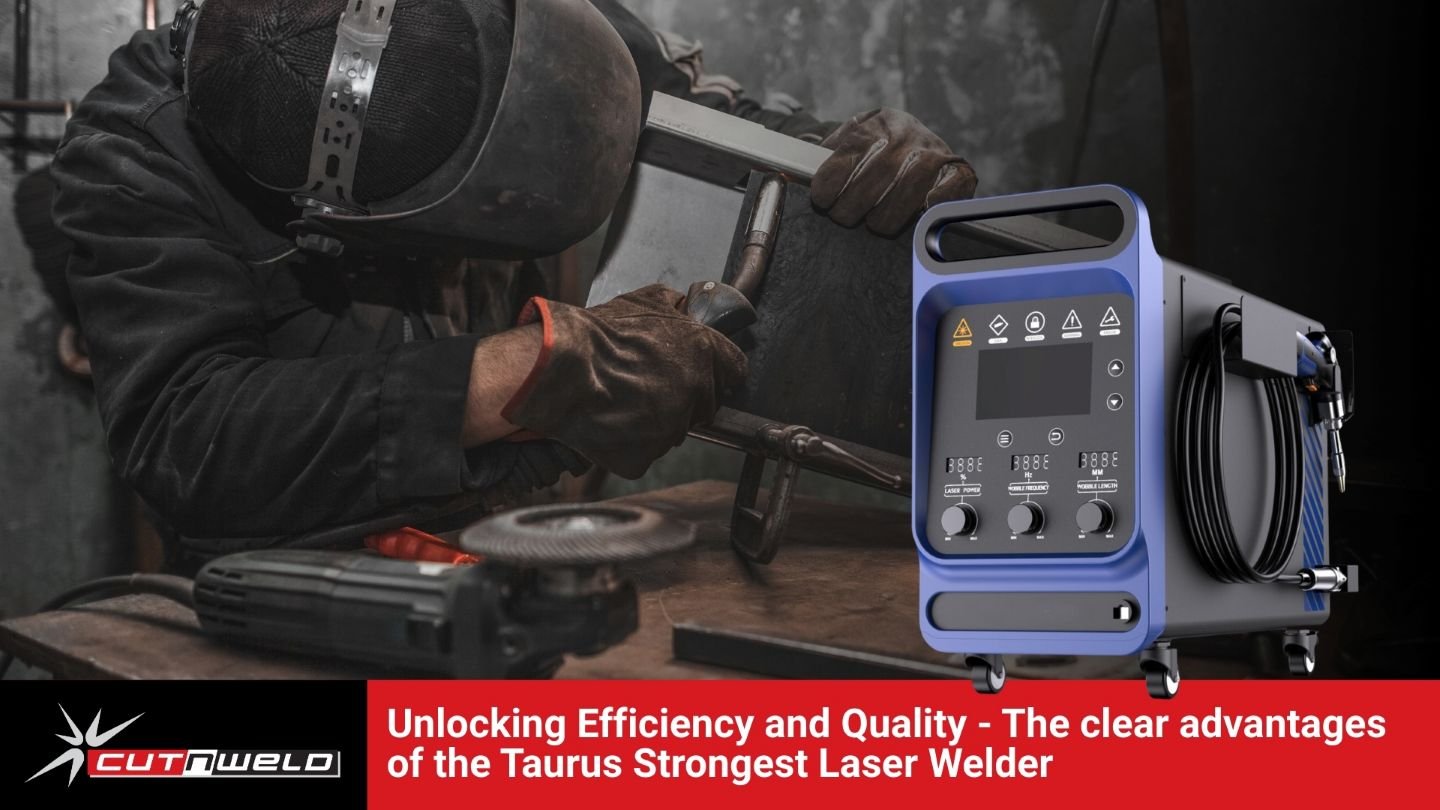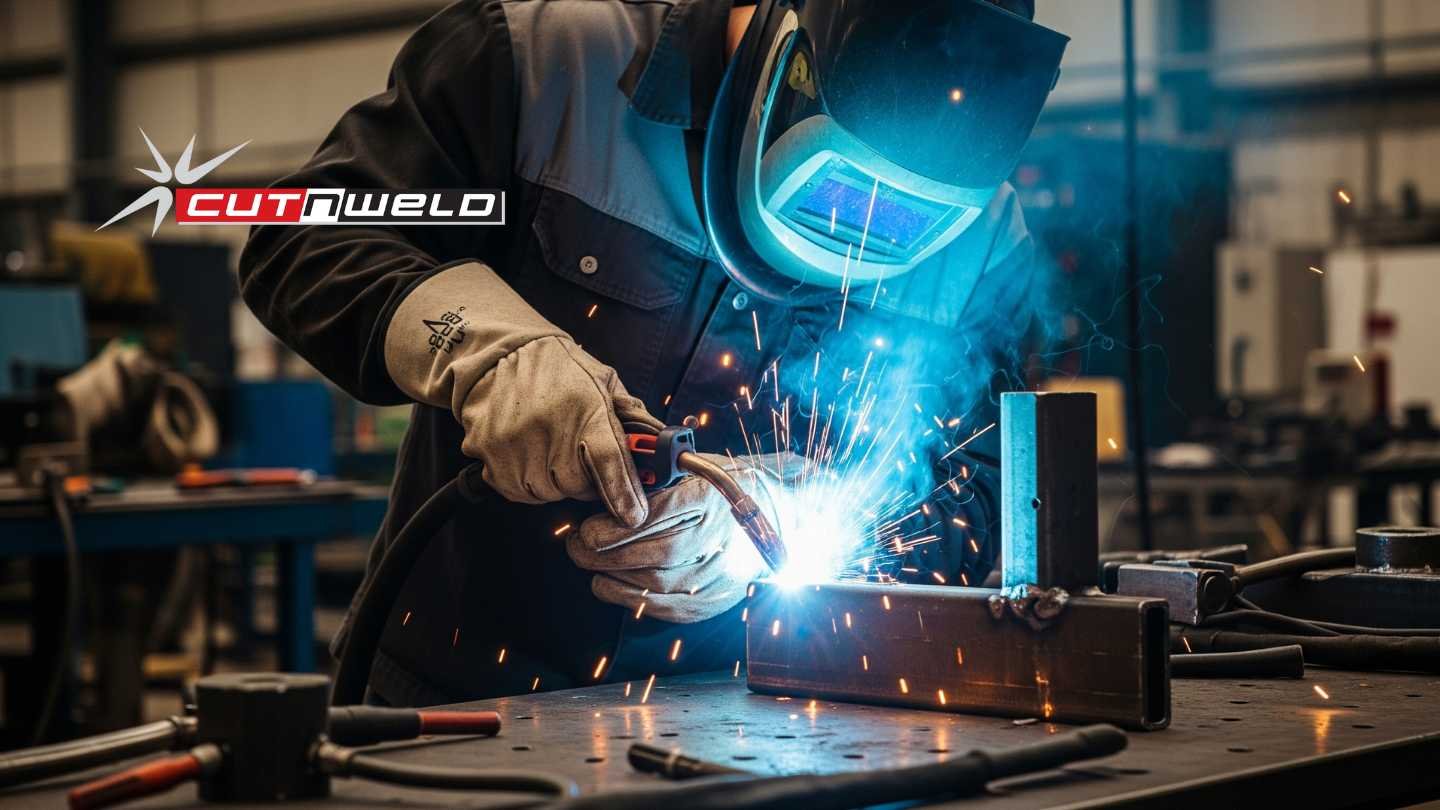
Is Your Welder Trying to Tell You Something? 5 Signs It’s Time for a Professional Repair
Recognising welding machine repair signs early is the key to preventing a small issue from becoming a major overhaul.
No products in the Quote Basket.
No products in the Quote Basket.

Although a combination of 75% argon and 25% carbon dioxide is the most common practice used for MIG welding, it’s not the only gas you might require. Your choice of shielding gas significantly impacts productivity, arc behaviour, and weld quality. This is why choosing the appropriate gas when MIG welding for the task at hand with the gases available in South Africa is essential.
Carbon dioxide (CO2) and oxygen (O2) are the two reactive gases. Argon (Ar) and helium (He) are two that are inert. These gases each have unique properties, and when they are combined, even more variations emerge.
The molten pool is shielded from atmospheric gas pollution by argon, which is denser than air and settles over the joint. Additionally, because argon is simple to ionise, it can withstand extended arcs at low voltages.
However, using pure argon to weld steel (even stainless steel) is not recommended. Because the arc’s outer edges are still too cold, and narrow, less penetration and less fusing result. Additionally, a “tall” bead is produced by the filler material remaining on top of the steel. Instead, welders opt for a mixture of Ar and CO2 or Ar and O2.
On the other hand, welding non-ferrous metals like aluminium, magnesium, titanium, copper, and nickel benefits from a weld pool that is 100% argon gas. Argon is essential for welding aluminium because its cathodic cleaning action eliminates surface oxides with DCEP polarity.
Although it is lighter and has a larger ionisation potential it quickly floats away from the weld pool. Therefore the shielding gas flow rate must be doubled.
On the flip side, it generates a substantially hotter arc due to better ionisation. This enhances the penetration of the weld, which is advantageous for welding thick aluminium or magnesium.
The only reactive gas used solely without adding inert gas is carbon dioxide. 100% CO2, on the other hand, results in a less steady arc and more spatter.
Use CO2 only with steel because welding non-ferrous metal with CO2 or CO2 combinations is difficult. Because it increases penetration, pure carbon dioxide is the ideal choice for welding thick portions. However, only the short circuit, metal-transfer welding mode is possible while using 100% CO2.
Oxygen can be mixed with CO2 or Ar, depending on the welded metal. The maximum oxygen level of the shielding gas mixture is 9%, and even a tiny amount of oxygen can significantly impact the weld.
Arc abnormalities can happen when welding steel with pure argon because iron oxide draws the arc when using 100% Ar. Therefore, even a modest increase in oxygen has a big impact on arc stability.
When welding low alloy, mild steel, and stainless steel, oxygen also increases penetration, weld pool fluidity, and arc stability. However, as oxygen can lead to metal oxidation, it must never be used with magnesium, copper, or aluminium.
According to weldguru.com a complete list of blends used in MIG welding would be very long; here are a few of our favourites you should know for quick reference:
You must use 100% Ar or an Ar/He blends to MIG weld metal. Don’t use any blends with CO2 or O2. It causes a terrible joint and is disastrous for metal. No reactive gas should ever be used when welding metal.
For aluminium, He has a comparable impact as CO2 has on steel. He enhances welding speed and penetration. He does, however, somewhat impair arc stability.
By utilising a He/Ar blend, you can increase the MIG welder’s capacity for penetration, but be aware that as the He level rises, the MIG welding process becomes more globular. Experienced welders use Ar/He combinations to produce the best aluminium welding on thicker components.
As previously stated, carbon steel shouldn’t be welded with 100% Ar. That’s because iron oxide in the steel attracts the arc due to the cathodic action of Ar. The arc moves in the direction of the electrons that the iron oxide emits. The uneven distribution of iron oxides on the steel surface causes the arc to follow an irregular course, which leads to uneven weld deposits.
A little addition of CO or CO2 increases arc stability. These Ar mixtures create a smooth layer of iron oxide on the surface of the steel joint, making it simple for the arc to travel along. Because CO is a more powerful oxidant than CO2, it only needs modest additions. You must use MIG welding wire with extra deoxidisers to capture free CO and avoid porosity.
Deeper penetration is made possible by using a 25% CO2 and 75% Ar combination. Due to CO2’s high thermal conductivity, a steady arc needs more voltage, which enhances penetration.
Reduce the blend’s CO2 content if you require less penetration. A steady arc needs a CO2 concentration of at least 5%.
The arc stability of a shielding gas made entirely of CO2 is poor. However, it offers the greatest penetration and permits quick welding.
However, while MIG welding thin metal, you shouldn’t use pure CO2 as a shielding gas. A light gauge is simple to burn through, warping the sheet in the process.
You can use 100% CO2 to weld thick steel parts. It’s a good idea to turn up the induction setting on your MIG welder. Pure CO2 produces a gentler arc and better wetting at the weld toes with increased inductance.
The choice of shielding gas is complicated when welding stainless steel because it is difficult to weld.
Most people find that welding SS (“stainless steel”) with a standard 75/25 Ar/CO2 gas works well. It is not, however, an ideal SS shielding gas. Too much carbon is present in the joint when 25% CO2 is used in the mixture. The SS could thus lose some corrosion resistance. To retain the stainless steel’s resistance to corrosion, if you decide to continue with the Ar/CO2 mixture, keep the CO2 component below 5%.
However, the 75/25 combination is appropriate if you work on a noncritical joint.
To keep the corrosion resistance of the stainless steel, use an Ar mixture with no more than 2% CO. You can weld more quickly with this mixture than with the 5% CO2 since it increases travel speed.
The finest shielding gas for welding stainless steel is a mixture of He, Ar, and CO2. Compared to other two-part blends, 10% Ar with 85% – 90% He and 2% – 5% CO2 offers noticeably higher flight speeds. Excellent penetration, bead shape, arc stability, and control over thin metal distortion may all be attained with this tri-mix. Since there are different varieties and SS grades, it might require a modified tri-mix formula for professional use.
Contact us today for expert advice on MIG welding, equipment, and consumables, or register a free account on our eCommerce platform to conveniently reorder based on past purchases.

Recognising welding machine repair signs early is the key to preventing a small issue from becoming a major overhaul.

Explore our offerings and see how the strongest laser welder can transform your business.

Let’s explore four fundamental techniques: Stick, MIG, Gas, and the highly precise TIG welding.